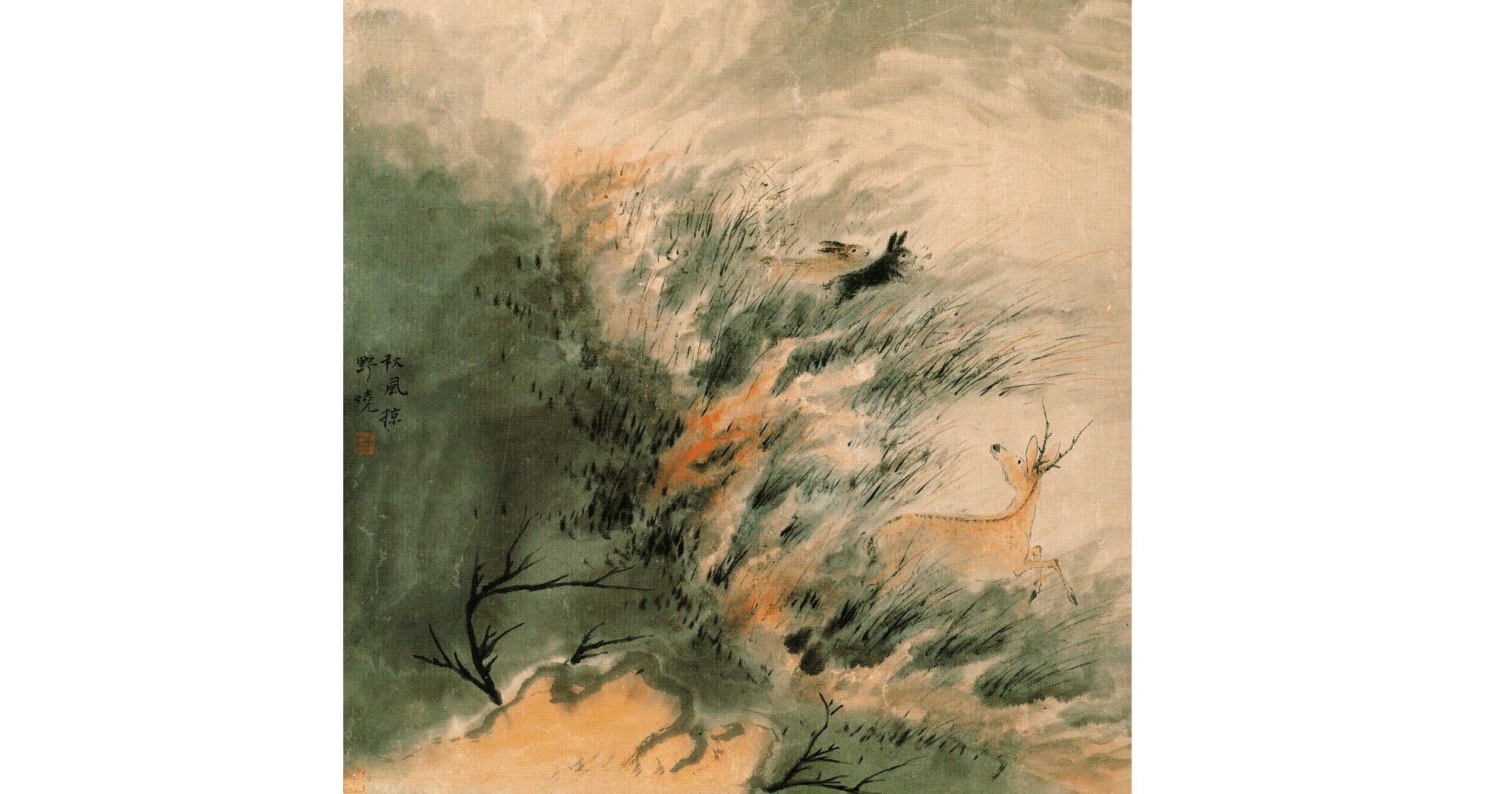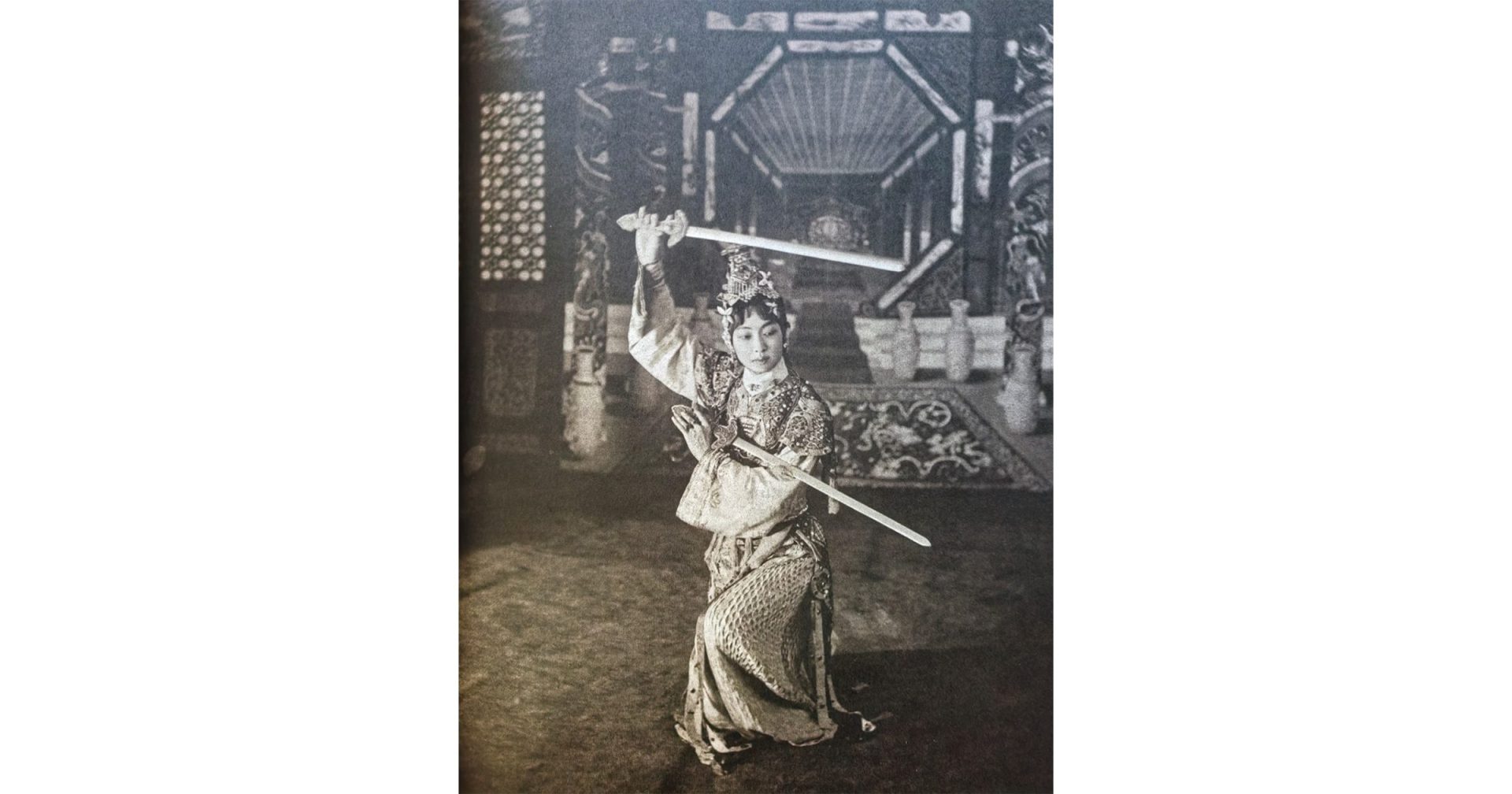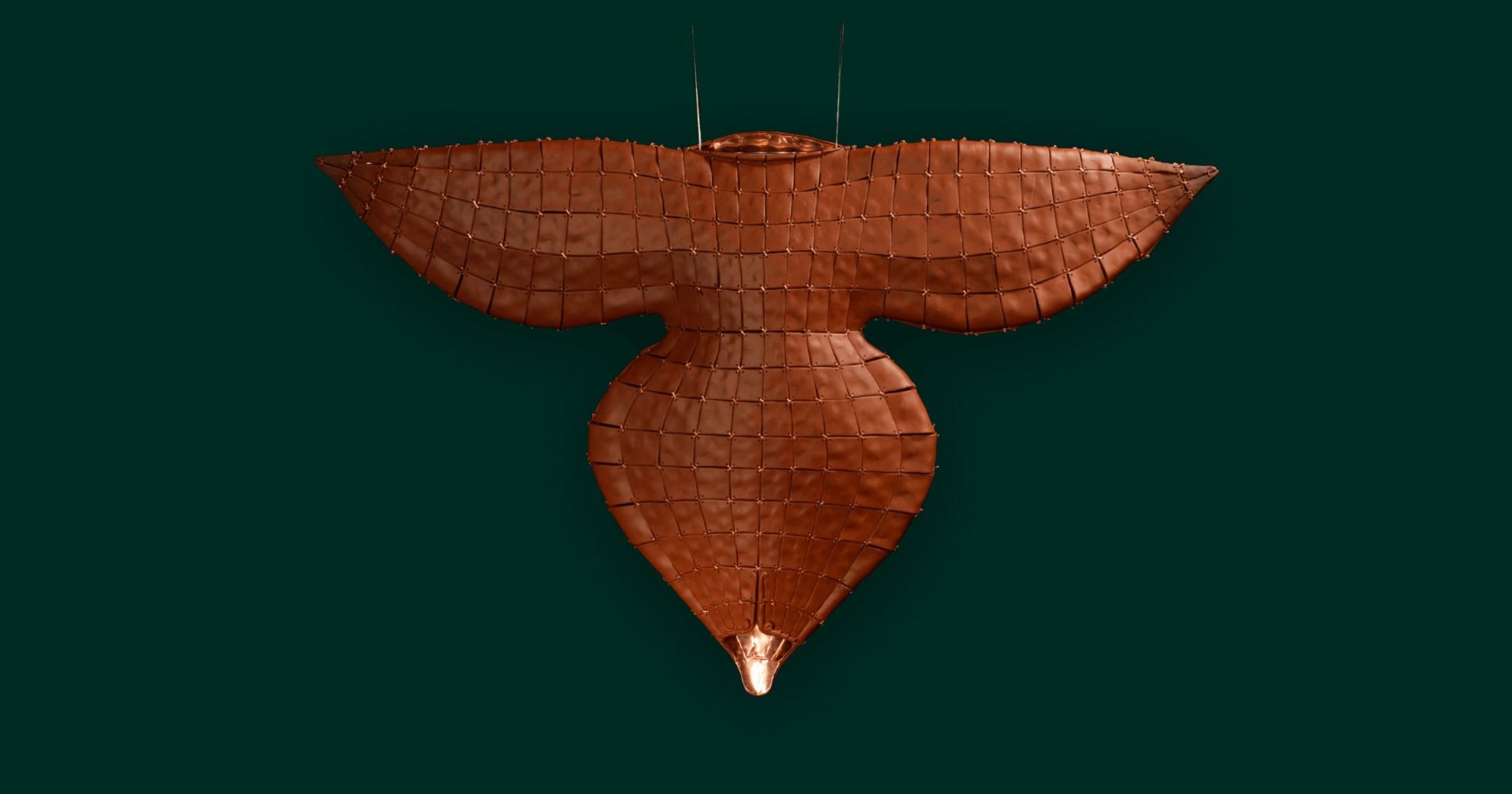Chinese brown- and black-glazed ceramics were first made during the Han dynasty (206 BCE–220 CE); dark- glazed wares evolved and developed during the succeeding centuries. They rank among the most impressive accomplishments of the potter’s art form. Associated with the increasingly popular practice of tea drinking, brown- and black-glazed wares reached their “Golden Age” in the Song (960–1279), Jin (1115–1234), and Yuan (1279–1368) dynasties. The influence of these wares extended to Japan, where they are still treasured and used frequently in the tea ceremony. The unusual title of this exhibition referred to the playful Chinese terminology for glazes on these wares. By showcasing nearly eighty rarely viewed objects, this exhibition examined China’s magnificent dark-glazed ceramics and traced their evolution from the fifth to the fifteenth centuries, focusing on wares from its Golden Age.

Hare’s Fur, Tortoiseshell and Partridge Feathers: Chinese Brown- and Black-Glazed Ceramics, 400-1400
兔毫龟背鸟羽:中国黑釉陶瓷
April 20 – July 6, 1996
Curated by Robert Mowry
Exhibition organized by the Harvard University Art Museums; catalogue published by Harvard University Art Museums, Cambridge, Massachusetts; copyright 1996 by Harvard University Art Museums.
• Arthur M. Sackler Museum, Harvard University, Cambridge, Massachusetts, December 23, 1996–March 10, 1996
• Elvehjem Museum of Art, University of Wisconsin, Madison, Wisconsin, November 9, 1996–January 19, 1997
• Elvehjem Museum of Art, University of Wisconsin, Madison, Wisconsin, November 9, 1996–January 19, 1997
Media Coverage
- Holland Cotter, “Art Review: Chinese Ceramics Hold History’s Intimate Details,” The New York Times, May 24, 1996.
“The show, organized by Robert D. Mowry for the Arthur M. Sackler Museum at Harvard, sets important precedents. It’s the first American exhibition devoted to the dark-glazed wares that enjoyed an on-and-off vogue in China for nearly a millennium. And it is the first systematic study of where, when and why these elegantly somber works were made.”
Related Programs
- Curator’s Lecture: Robert D. Mowry, “Chinese Brown- and Black- Glazed Ceramics” (April 30, 1996).
- Lecture: John Ayers, “Patrons and Clients for Song Dynasty Ceramics” (May 17, 1996).
Related Events

September 10, 2026 - January 3, 2027
Founded in 1966, the China Institute Gallery has presented the history of Chinese art from antiquity to the present through superb and thought-provoking...

March 5 - July 19, 2026
One of the most dazzling of the performing arts, Beijing Opera features magnificent costumes inspired by the court attire of the Ming dynasty. The genre’s...
No related events found
